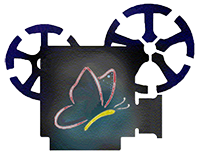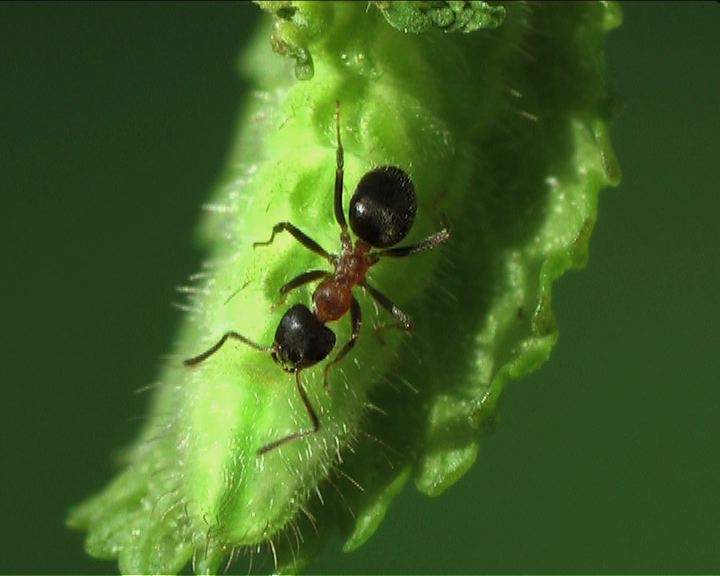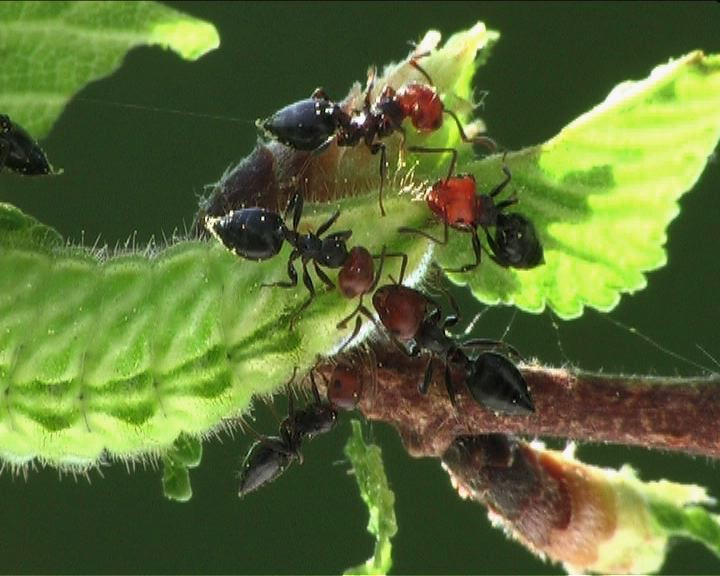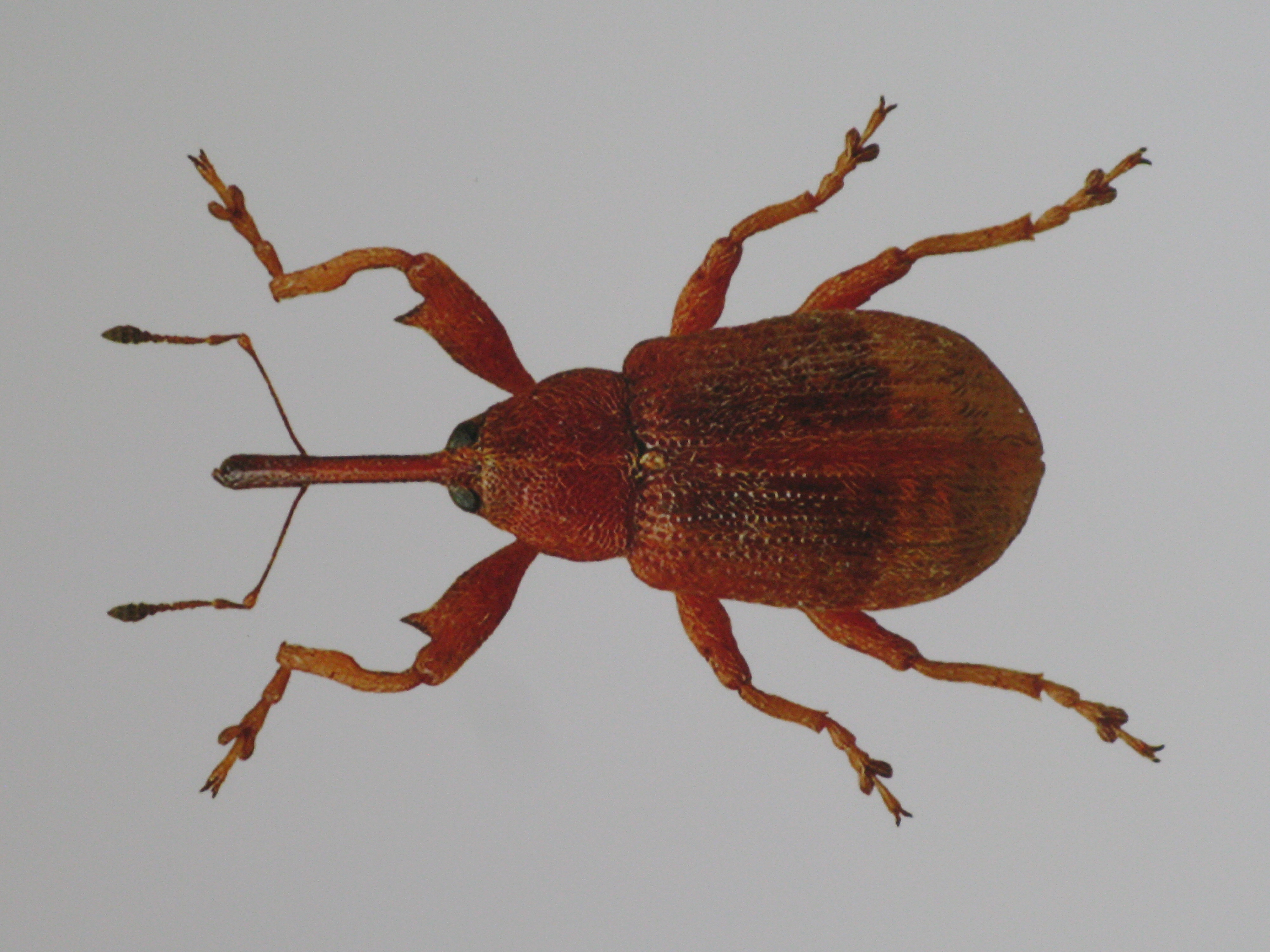

The White-letter Hairstreak (Satyrium w-album Knoch, 1782)
The White letter Hairstreak is widespread in temperate Eurasia to Japan. In the Var (France) the butterfly flies from early May to August, in one generation. The White-letter Hairstreak spends most of their time around the canopy of Elm trees. The female lays isolated flattened "UFO" shaped eggs at the base of the terminal buds on branches older than two years, at all heights. The caterpillars hatches just before the flowering of the Elm trees, around mid-February. They feed first on flower buds than on the flowers, the fruit-seeds and leaf-buds. In their last stage they feed on leaves that develop 6 weeks after flowering.

Since 2014, unfortunately, virtually all elm trees die in the wide area of Draguignan. This die off is most likely caused by the Dutch elm disease (DED). DED is caused by a member of the sac fungi Ophiostoma ulmi (Ascomycota) affecting elm trees, and is spread by elm bark beetles Scolytus scolytus. Although believed to be originally native to Asia, the disease was accidentally introduced into America and Europe, where it has devastated native populations of elms that did not have resistance to the disease.
Myrmecophily Part 1 : Lasius emarginatus (Olivier, 1792) ants are attracted by the White-letter Hairstreak caterpillars, which have at their 3rd stage a dorsal nectar organ (DNO)on their 7th abdominal segment. From late March Lasius emarginatus ants leave their anthills and are attracted to the dorsal nectar organ. Myrmecophily Part 2 : An invasion of Crematogaster scutellaris (Olivier, 1792) ants, find the caterpillars of the White-letter Hairstreak and are attracted to the dorsal nectar organ that secretes droplets. The Lasius emarginatus ants that took care of the caterpillars withdrew when the invasion took place. In March 2011, a suspended development (diapause) has been observed with 2nd stage caterpillars of the White-letter Hairstreak, due to an invasion of the Anthonomus ulmi (De Geer, 1775) beetles, from the family Curculionidae, of with larva lives inside the bud, a large part of the flower buds do not develop and dry out.
With the disappearing of the elm trees, the White-letter Hairstreak (Satyrium w-album) will also disappear from the heavily affected areas in the South of France. Annually the disease expanse very quickly, and there is little sight that this will be stopped in the coming years.
Lasius emarginatus attracted by the caterpillars of Satyrium w-album

Crematogaster scutellaris attracted by the caterpillars of S. w-album

Satyrium w-album : Diapause caused by Anthonomus ulmi
